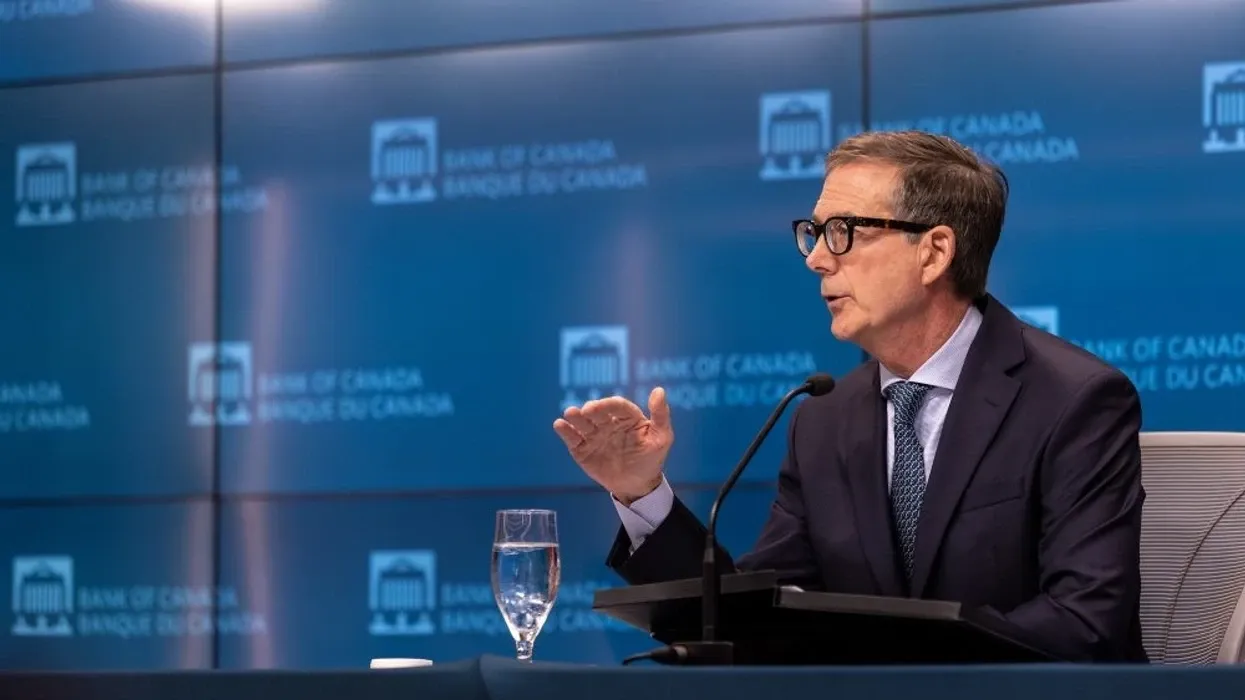“The 2% inflation target is now in sight,” Bank of Canada (BoC) Governor Tiff Macklem said in his year-end remarks on Friday. “And while we’re not there yet, the conditions increasingly appear to be in place to get us there.”
Macklem delivered his remarks before the Canadian Club Toronto last week, where he spoke on the inflation outlook for 2024, as well as what Canadians can expect from the BoC in the year to come.
“We’ve come a long way toward restoring price stability. This was our second year of monetary policy tightening, and that work is paying off. The economy is no longer overheated, and that is relieving inflationary pressures. Inflation has come down from just over 8% in the middle of last year to 3.1% in October. That’s significant progress,” Macklem said.
“Looking ahead, I expect 2024 to be a year of transition. The effects of past interest rate increases will continue to work through the economy, restraining spending, and limiting growth and employment. Unfortunately, this is what’s needed to take the remaining steam out of inflation. But this period of weakness will pave the way to a more balanced economy.”
We’re going into 2024 with relatively healthy inflation for durable and semi-durable goods (things like furniture and appliances, and clothing and footwear), Macklem also noted.
“Increases in the cost of services excluding shelter is just over 2%. That’s pretty normal. What’s not normal is inflation in the prices of food and non-durable goods and in shelter costs.”
While food price inflation (at about 5.5%), and non-durable goods inflation (at about 4.5%) are still swinging high, they “show some promise,” according to the BoC Governor. Food price inflation is expected to trend lower “as lower agriculture prices and transportation costs get passed through to the prices of groceries” and non-durable goods price inflation is anticipated to level off as consumer demand slows.
However, shelter price inflation will prove to be more stubborn in 2024, Macklem warned.
“Part of the reason is that our higher policy interest rate is increasing mortgage interest costs. This is not unexpected nor unusual,” he said. “What is unusual is that the other components of shelter costs — like rent and maintenance — are also high, with rent up 8.2% in October. This strength in shelter price inflation appears to be related to the structural lack of supply of housing.”
Macklem expressed — as he has before — that housing supply shortfalls, magnified by immigration, are keeping prices elevated even though buying activity has indeed dropped off in the face of higher rates.
“We do expect shelter price inflation to moderate over time, but predicting the timing is difficult,” he said.
With many unknowns remaining, Macklem told reporters on Friday that Governing Council has not yet taken further rate increases “off the table” or begun to discuss rate cuts. Inflation won't have to be at its target in order for the bank to consider lowering its policy rate, “but it does need to be clearly headed to 2%,” Macklem explained in his speech.
“It’s still too early to consider cutting our policy rate. Until we see evidence that we are clearly on a path back to 2% inflation, I expect Governing Council will continue to debate whether monetary policy is restrictive enough and how long it needs to remain restrictive to restore price stability. In a world with increased macroeconomic volatility, we are also conscious that we may need to be nimble, and we should be humble about our forecasts.”
- How Each BoC Interest Rate Hike (And Hold) Has Implicated Home Sales ›
- Economists Say It’s “Too Early” For BoC To Talk Rate Cuts ›
- “We're Not Seeing The Decline In House Prices That We Would Expect”: BoC ›
- BoC To Ease Interest Rate To 4.25% By Year End: Economists ›
- Wednesday Expected To Bring BoC Interest Rate Hold ›





















